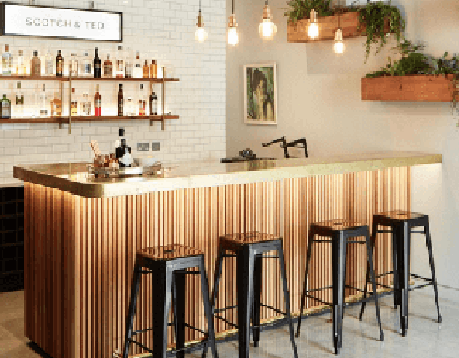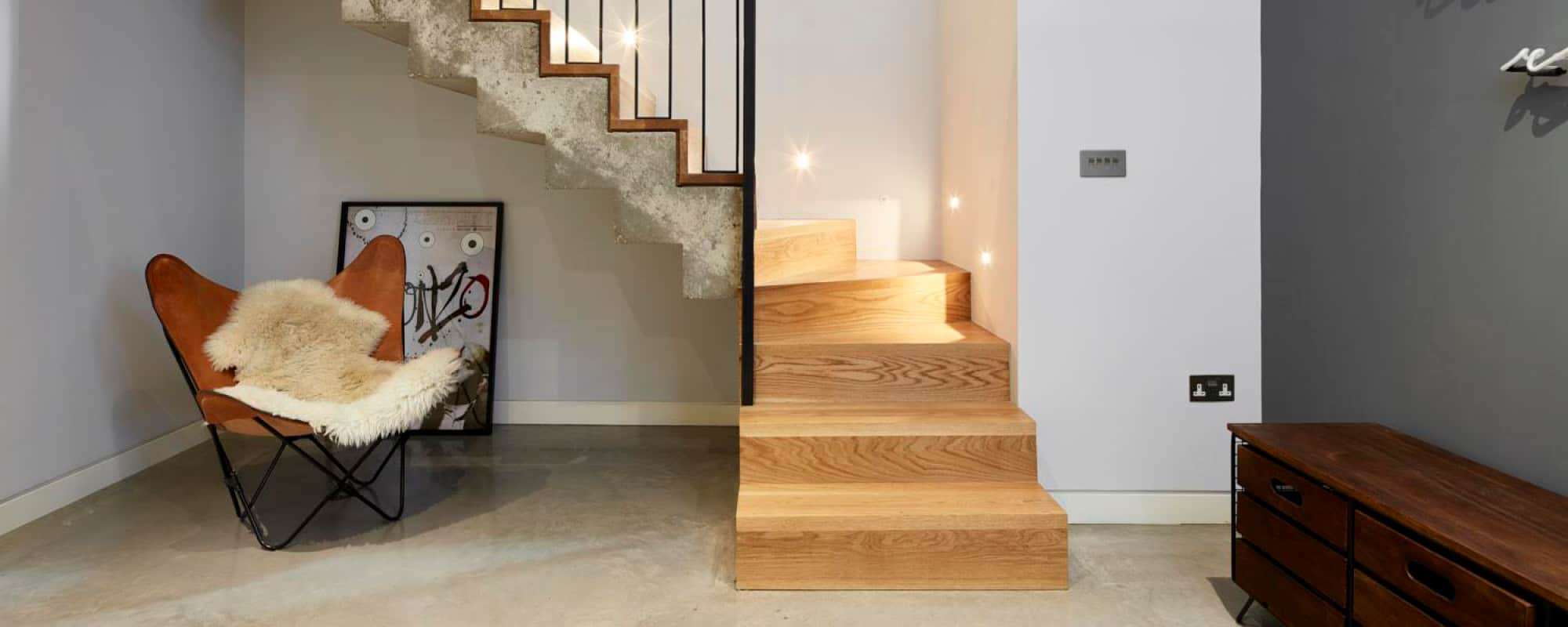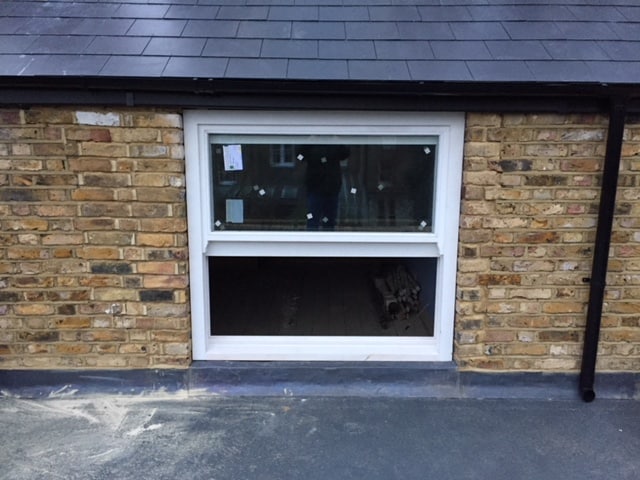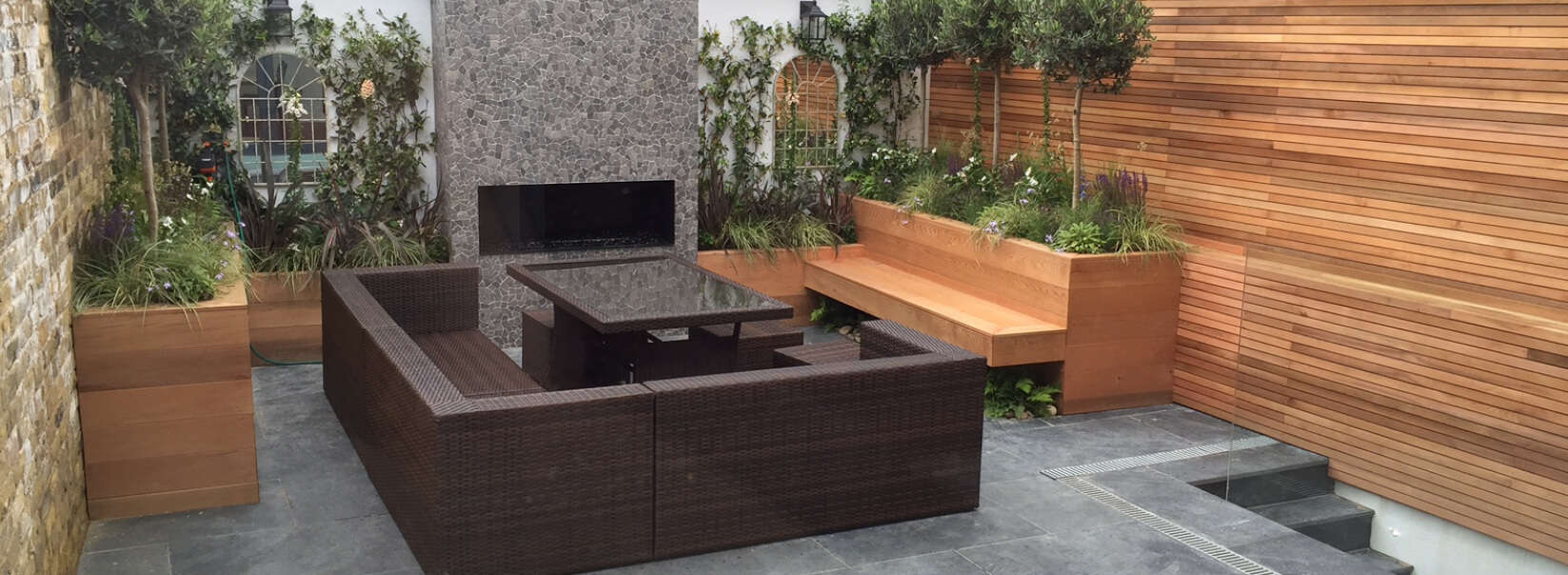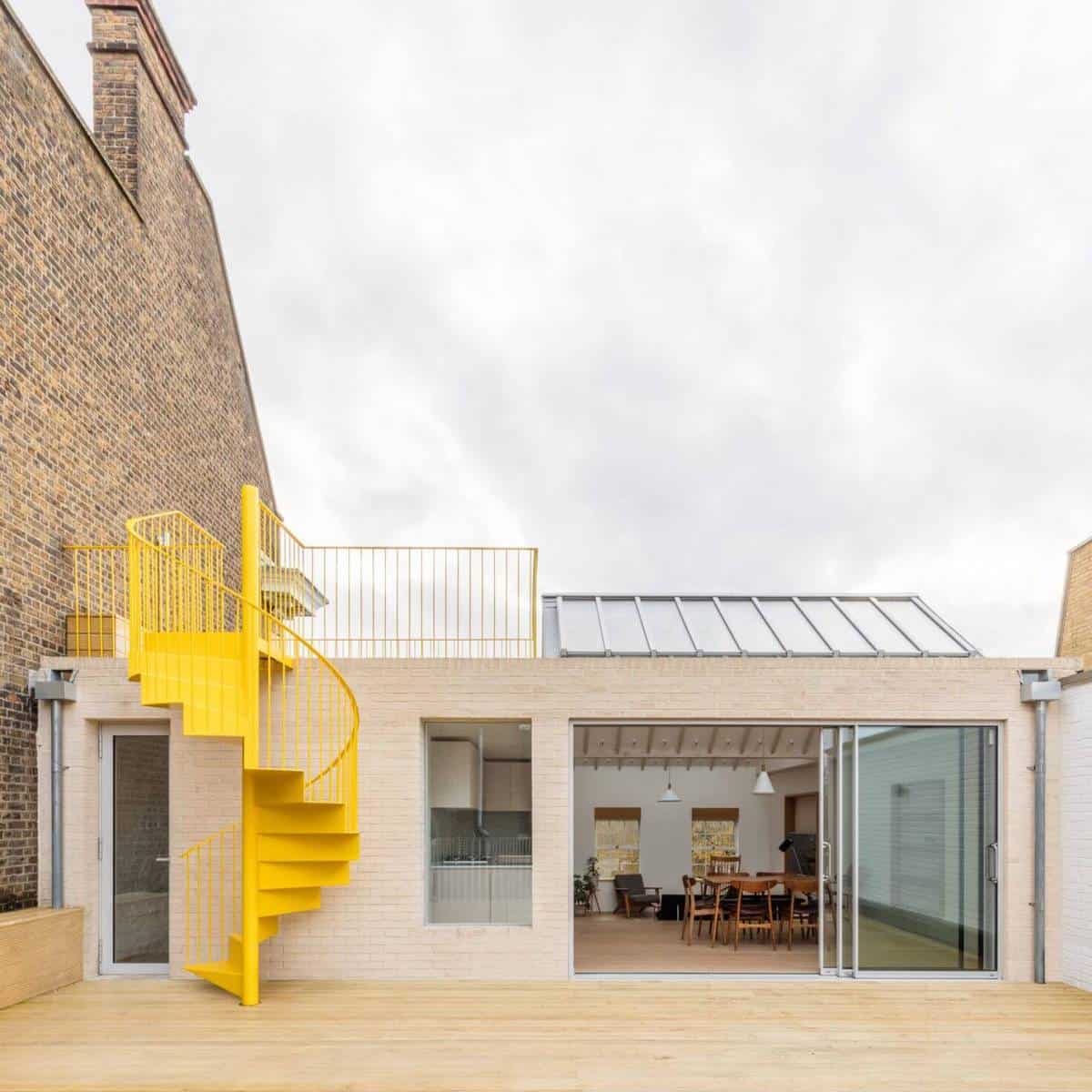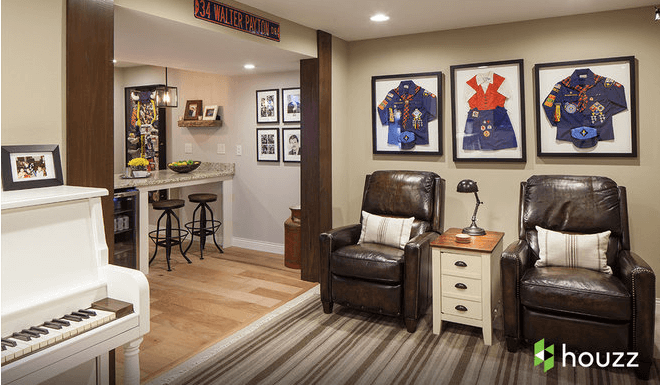As builders, we are often confronted with the trials of obtaining planning permission, especially if you are in a conservation area. But you might be surprised to know that there are plenty of renovation projects that DON’T need planning permission. We found this comprehensive list on the HomeBuilding & Renovating site.
Do bear in mind, however, that there are several caveats and conditions your plans have to meet in order to avoid the planning permission process, so play close attention to the conditions. Better still, involve an experienced architect to find out exactly what you need to do.
Did you know that not all home improvement projects require planning permission? Here are 20 things you can do under Permitted Development.
When it comes to large and substantial home improvement projects it is more than likely that you will need planning permission from your local authority before starting the work. But there are a number of smaller, (effectively pre-approved) improvements that you can make under what is know as your Permitted Development Rights.
What is Permitted Development?
Permitted Development (PD) Rights give implied planning consent for a number of smaller home improvements (we’ve listed 20 of them below). While there are many projects you can undertake within PD, there are limitations (especially if you have already made many improvements to your home, or if you live in a designated area or a listed building).
1. Interior Remodel
Remodelling the interior is a great way to add more space to your home and can often be done within PD, especially if your proposed work does not require you to extend the overall footprint of the dwelling.
While you won’t need planning permission, you will need Building Regulations approval on structural elements and electrical works.
2. Moving or Adding Windows & Doors
In normal circumstances, you can replace or add new windows in the original walls of your house without needing to secure planning approval. (However, you may need planning permission if conditions were attached to the original permission). As long as your building isn’t listed, you should be able to install double glazing under PD, but do remember that for new or bigger windows or doors, you will need to follow Building Regulations guidance.
Bear in mind that bay windows are classed as extensions. Planning permission to insert a new window or door opening is not required as long as any upper floor windows on the side elevation are glazed with obscured glass (level 4 or 5 obscurity). They must also be fixed into a non-opening frame (unless the opener is more than 1.7m above the floor of the room in which the window is installed).
3. Converting Attached Buildings, e.g. Garages
Converting an attached building, like an integral garage, into living space also falls under PD as you are not increasing the overall footprint of the building.
4. Adding a Single-Storey Extension
As long as you stay within the below parameters, you can build a single-storey extension without needing planning permission:
- The extension does not sit forward of the principal elevation
- Materials should be similar
- Where it is within 2m of any boundary, the eaves cannot be higher than 3m, and no more than 4m in height otherwise
- Rear extensions — no more than 4m in depth (detached house) or 3m in depth (semi-detached or terrace)
- Side extensions — the width of the extension must not be greater than half the width of the original dwelling. Side extensions are not permitted on Article 1(5) Land (e.g. AONB, Conservation Areas).
5. Adding Rooflights
Under PD you can make alterations to the roof of a dwelling, like the introduction of rooflights (as long as they do not project more than 15cm from the roof slope). If, however, the rooflights would extend forward of the roof plane on the elevation fronting a highway then they are not permitted under PD.
It is worth noting that rooflights are not permitted on a dwelling which is located in an Article 4 Direction Area. Two common examples are a Conservation Area or an Area of Outstanding Natural Beauty.
6. Converting a Loft
Additional space can also be achieved through a loft conversion, without the need for planning consent. While there are limitations on the cubic content allowed under PD, generally, up to 40m³ is fine.
When it comes to additional headroom in the loft space, PD allows for the construction of dormer windows. But, they must not sit higher than the highest part of the existing roof, or extend forward of the roof plane on the principal elevation.
7. Adding a Two-storey Extension
You can add a two storey extension to your home under PD providing it is at the rear of the dwelling (this includes adding a second storey onto an existing single storey part of the house). In addition, your two storey extension must not exceed 3m in depth or be within 7m of the rear boundary. Specific restrictions also apply to the glazed nature of windows in such extensions.
8. Adding a Conservatory or Orangery
Similar to single storey extensions, conservatories and orangeries fall under the same restrictions and can be added under PD. Check the rules about single storey extensions above.
9. Adding a Shed or Outbuilding
Where you have a larger plot, there may be opportunities to build multiple outbuildings under PD, providing the total area covered by such buildings/enclosures does not exceed 50% of the total area of the curtilage. This 50% should take into account any extensions, but not the area covered by the main house.
Outbuildings cannot sit forward of the principal elevation, and there are height restrictions depending on the type of roof (4m for dual pitch roofs, 3m for other roofs, and 2.5m when the building is within 2m of the boundary). Outbuildings may only be single storey, with the maximum eaves height remaining at 2.5m.
A key factor to bear in mind when considering what you want to achieve from an outbuilding is that the use should be ‘incidental’ to that of the dwelling, e.g. gym, garage, store. Outbuildings under PD cannot be used for residential accommodation, e.g. bedrooms, but can be used to provide a place to work from home.
10. Converting Two Homes into One
Converting a pair of semis or two flats, into one property can usually be done under PD and can be a great way of generating extra space without having to move. Unfortunately, the same rules do not apply if you are dividing a single property into two dwellings. For this you would need to apply for planning permission.
11. Adding a Porch
You can build a porch on the front of your property without planning permission, as long as you follow certain rules:
- No part of the porch can be taller than 3m
- It cannot be within 2m of any boundary adjacent to a highway
- The ground area (measured externally) does not exceed 3m².
12. Adding Gates, Walls and Fences
Permitted Development facilitates the erection, construction, maintenance, improvement or alteration to a gate, fence, wall or other means of enclosure, providing such work stays within the following limitations:
- The height would not exceed 1m when adjacent to a highway
- The height would not exceed 2m for any other gate, fence etc
- Such development is not permitted under PD around a listed building
13. Garden Decking
As long as the height falls below 300mm, garden decking and other similar structures can be built without planning permission, as long as certain criteria are met (available at planningportal.co.uk).
14. Building a Swimming Pool
Under Permitted Development rights you can build a swimming pool within your garden, provided that the total area covered by the pool does not exceed 50% of the area of the garden curtilage.
15. Creating New Access
Creating a new vehicular access onto an unclassified road can be done under your PD rights, but you will need planning permission to create accesses onto classified roads.
For a new access onto a classified road, you will need to ensure sufficient visibility when leaving the site, as well as enough turning space to allow you to enter and exit in a forward gear.
16. Changing/Adding Cladding
Cladding (stone, pebble dash, render, timber, etc.) changes may fall under PD, but is not permitted under PD on any dwelling house located on Article 1(5) land (in special areas, e.g. an AONB).
17. Adding Solar Panels
Solar panels can be added under PD, providing they do not protrude more than 200mm beyond the plane of the wall or roof, and that the highest part of the panel is not higher than the highest part of the roof (excluding the chimney).Free-standing panels can also be developed, but are limited in size and proximity to the boundary.
Limitations will apply in Conservation Areas and on listed buildings.
18. Adding a Basement
In a recent appeal decision, it was considered that basements could be PD under Class A of the General Permitted Development Order (GPDO). However, bear in mind that PD does not allow for engineering works.
19. Adding/Creating Parking Spaces
Class F of the GPDO refers to the provision of hard surfaces, such as parking areas. These are also permitted under PD providing that any hard surface situated between the principal elevation of a dwelling and the highway, or any surface which would exceed 5m², is made of porous materials, or provision is made to direct run-off water from the surface into a permeable/porous area within the property curtilage… not onto the highway!
20. Converting Industrial/Commercial Buildings
It is possible to convert an industrial, commercial or agricultural building for residential use, without the need for planning permission. As is often the case, you will require approval for Listed Buildings and in Conservation Areas. You will also need to follow the Prior Notification procedure if you are converting an agricultural building such as a barn.

